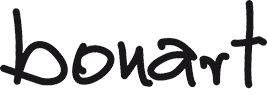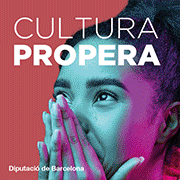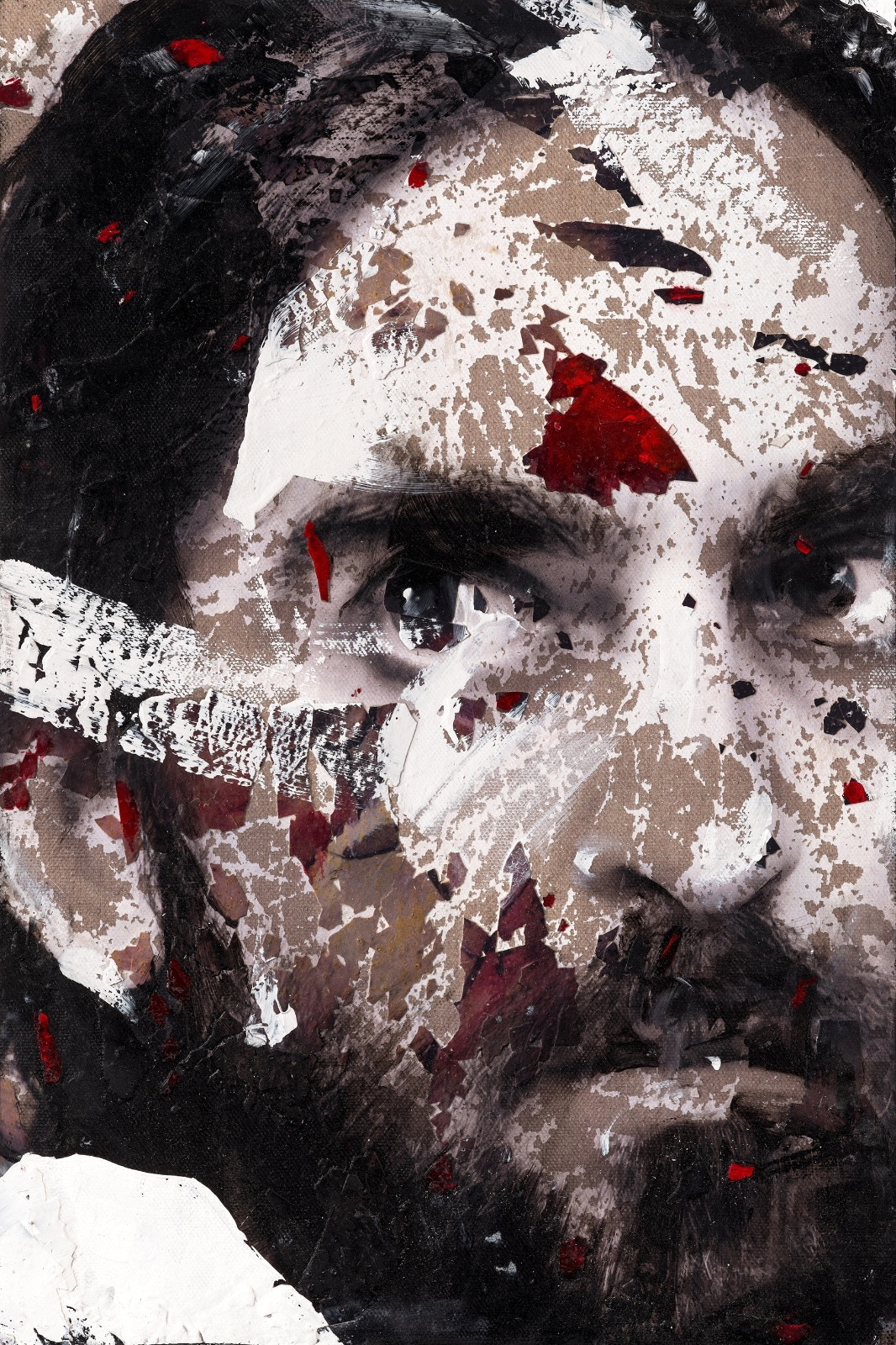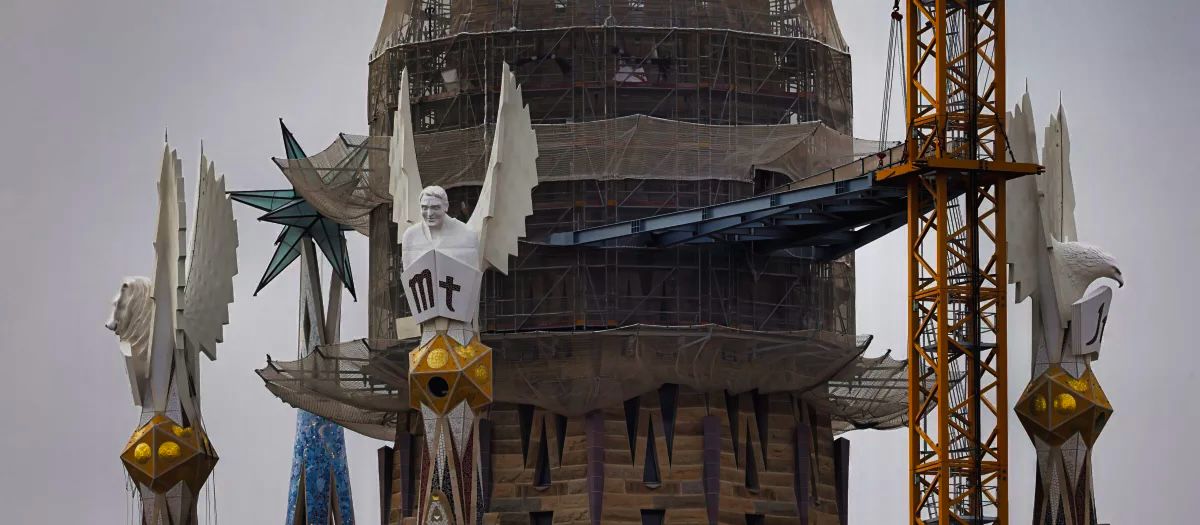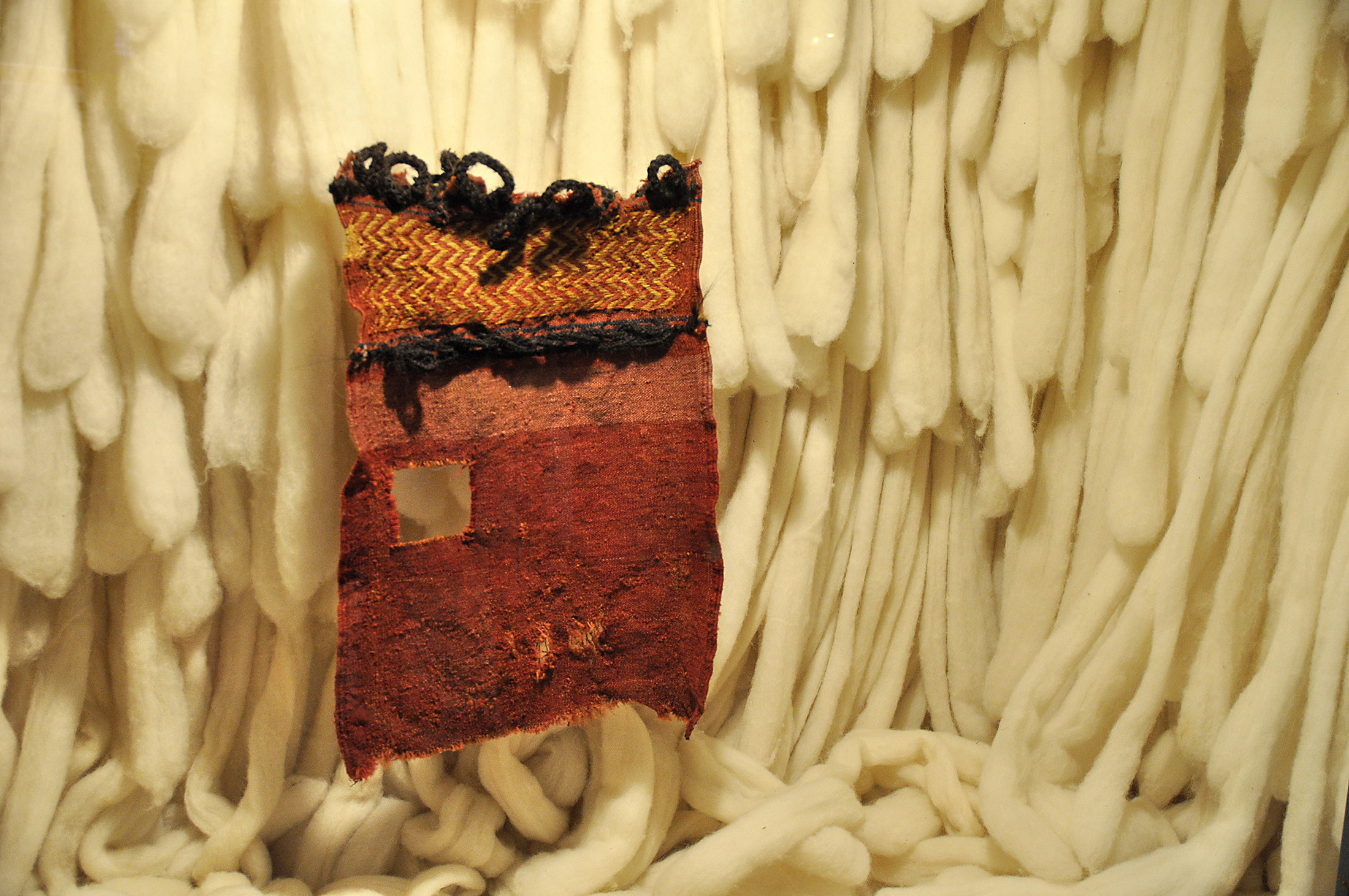News
Arachne: the tool that allows the scientific analysis of canvases
A digital platform that analyzes pictorial fabrics and opens new perspectives in the study of art.
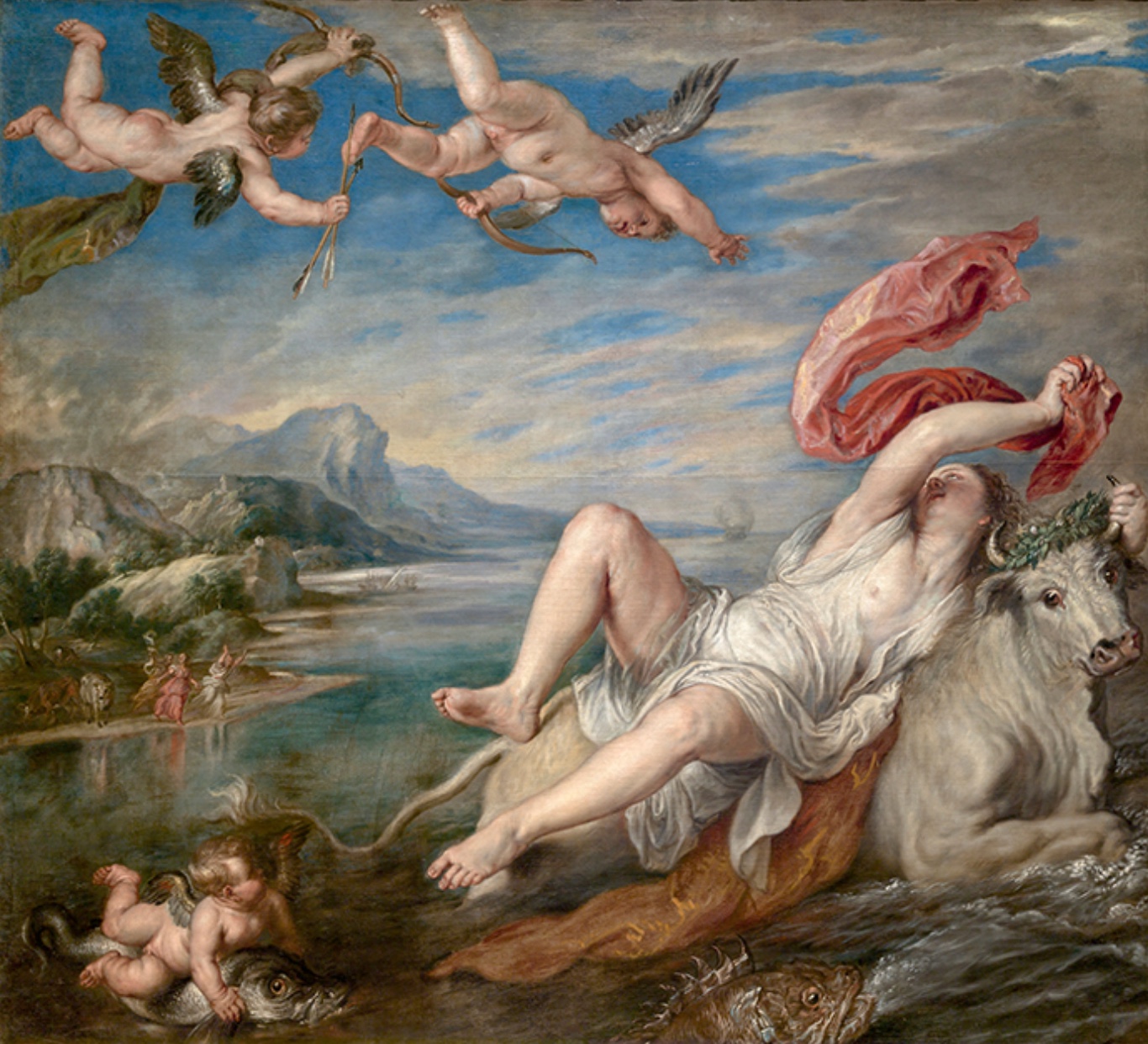
Aracne is the result of a decade of joint research between the Higher Technical School of Engineering of the University of Seville and the Technical Cabinet of the Prado Museum . Its main function is to automatically identify and characterize the threads that make up a canvas, regardless of its origin or state of conservation. This allows obtaining precise data that can help determine authorship, dating and even the relationship between different works.
Its application has already borne notable fruit. A recent example is found in the exhibition Herrera el Mozo and the total baroque, where the painting The Artillery General, traditionally considered the work of Francisco Rizi , was reattributed to the hand of Herrera el Mozo . Likewise, in the exhibition History of Two Painters: Sofonisba Anguissola and Lavinia Fontana, the dating of a portrait of Philip II was corrected, moving it from 1565 to 1573 when it was verified that it shared a canvas with the portrait of Anne of Austria. Thanks to Arachne, it has also been possible to determine that Rubens ' copies of Adam and Eve and Titian's The Rape of Europa were painted in Madrid on canvas from the same roll of canvas.
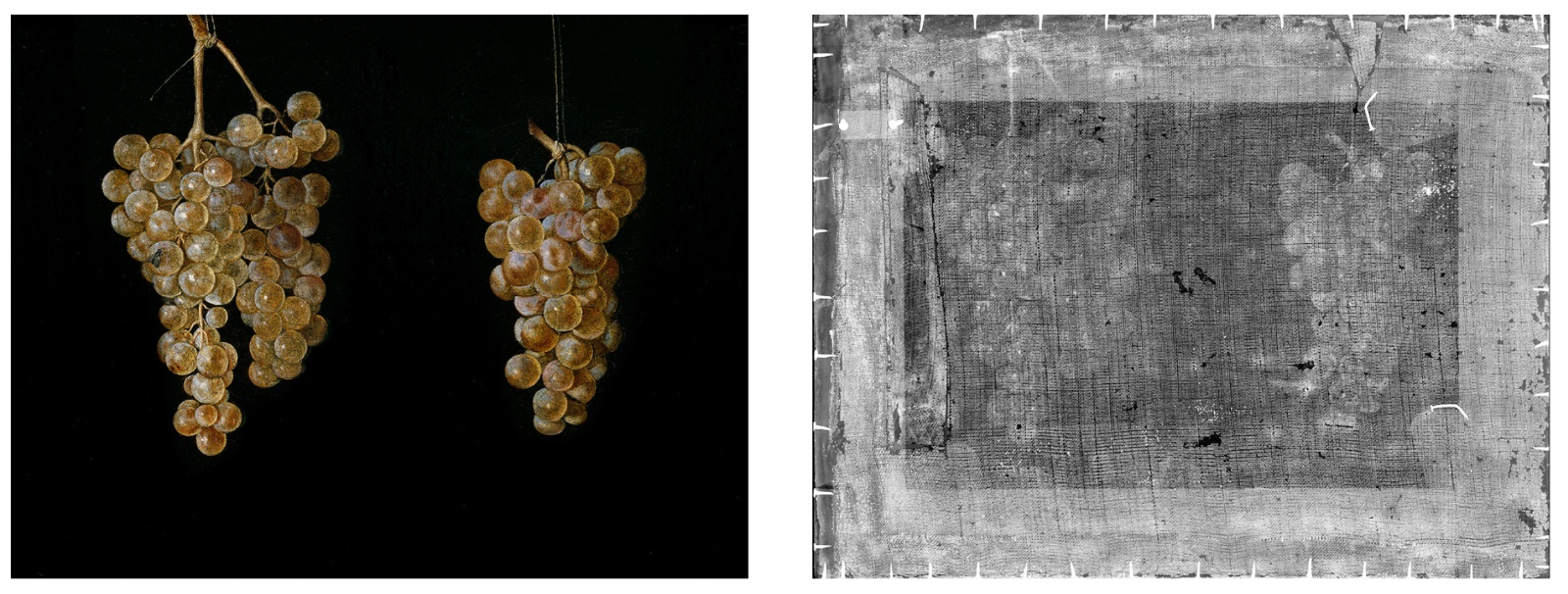 Oli sobre tela (1630-1644) i la seva radiografia.
Oli sobre tela (1630-1644) i la seva radiografia.
Understanding the fabrics used in paintings has been a constant challenge for experts. In the 17th century, painters abandoned wooden boards and adopted fabrics as a support for their creations. However, these materials often came from everyday surroundings: sailcloth, sheets, mattress covers or even awnings. In addition, many works have been re-canvassed over the centuries, a process in which the original fabric is reinforced by adhering a new canvas to the back, making it difficult to analyze.
The Aracne project began to take shape in 2013, when the researcher at the Prado Museum, Laura Alba Carcelén , decided to look for a more precise alternative to the manual method of counting threads. Until then, this process was done with a thread counter, a small magnifying glass with a millimeter scale that was placed directly on the original canvas or, in the case of works that had been tarnished more than once, on an X-ray. To obtain a reliable result, it was necessary to repeat the count in several areas of the canvas and calculate the average, but the results varied considerably depending on the number of measurements and their location. To overcome these limitations, Carcelén contacted experts from the University of Seville, starting a fruitful collaboration that has culminated in this software. Inspired by previous studies by researchers at Cornell University and under the influence of mathematician Ingrid Daubechies , Aracne has evolved to become a reference tool in the analysis of canvases.
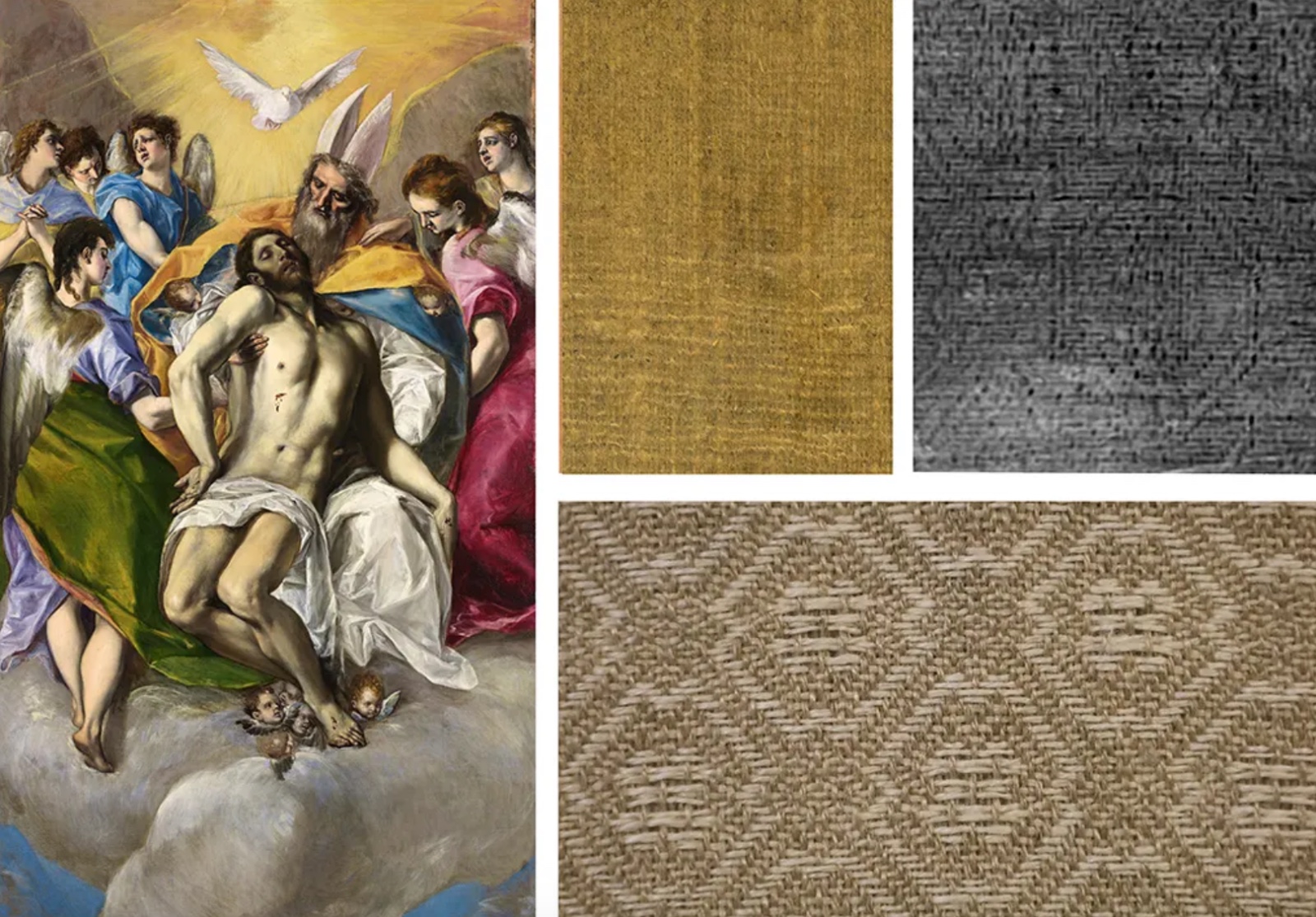 La Trinitat, El Greco (1577-1579). A la dreta, a dalt, detalls de la tela de reentelat i del teixit original vist en la radiografia. A baix, recreació del teixit original a partir de la radiografia.
La Trinitat, El Greco (1577-1579). A la dreta, a dalt, detalls de la tela de reentelat i del teixit original vist en la radiografia. A baix, recreació del teixit original a partir de la radiografia.
Now, Arachne, a name inspired by the mythological figure of Arachne, a weaver mistress transformed into a spider to defy the goddess Athena, is made available to the community in an open way, a step that reinforces the commitment of the Prado and the University of Seville to research and dissemination. Anyone can download Arachne from the Prado Museum website and explore its possibilities, which could extend beyond the history of art, opening up new avenues in the conservation and study of cultural heritage.
